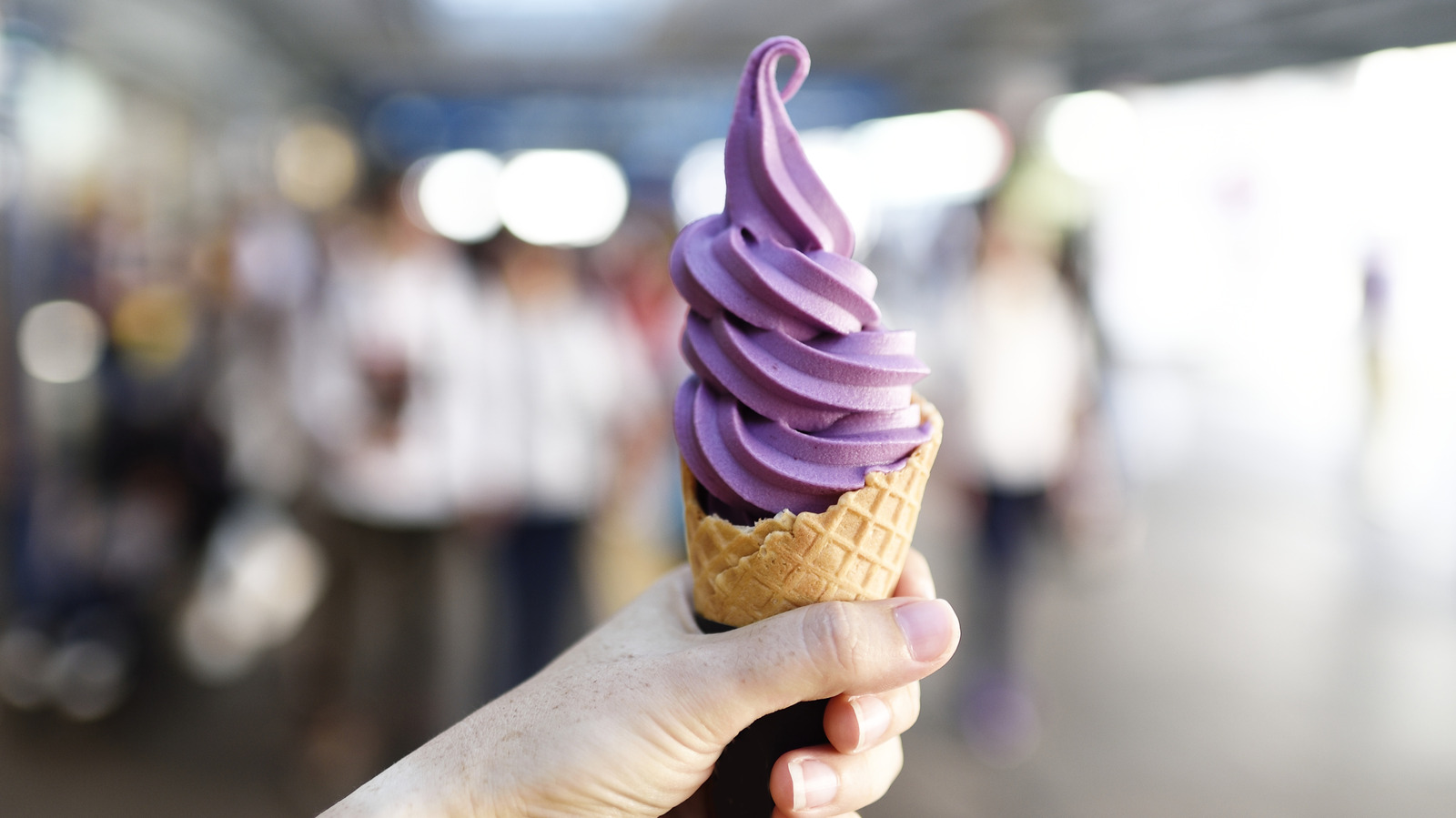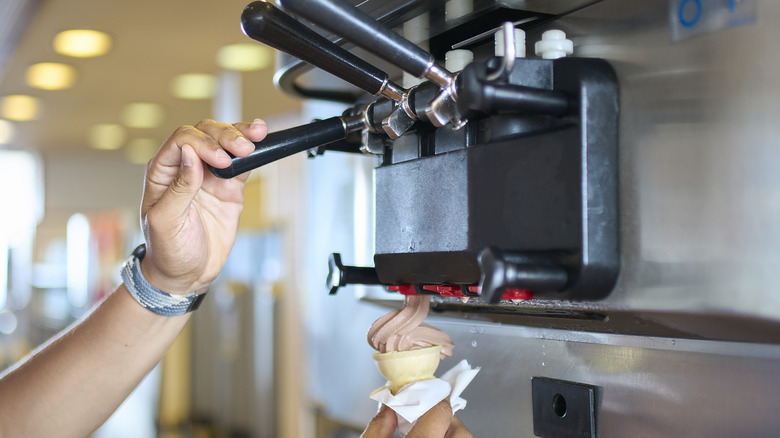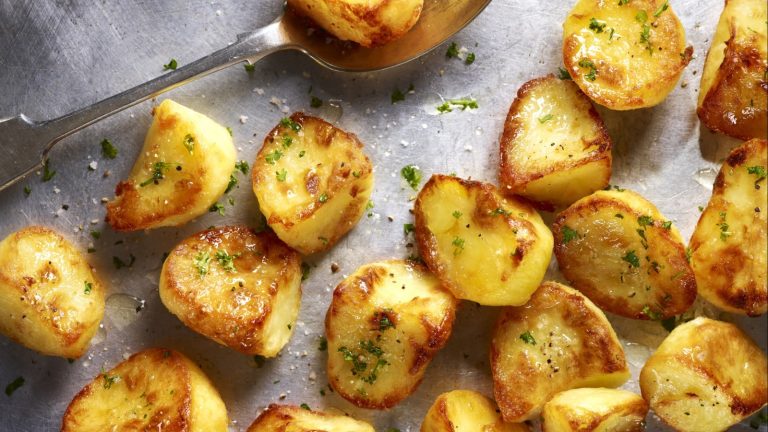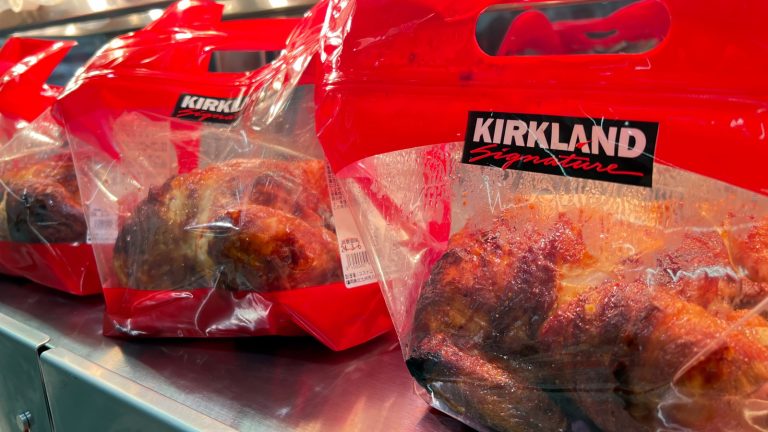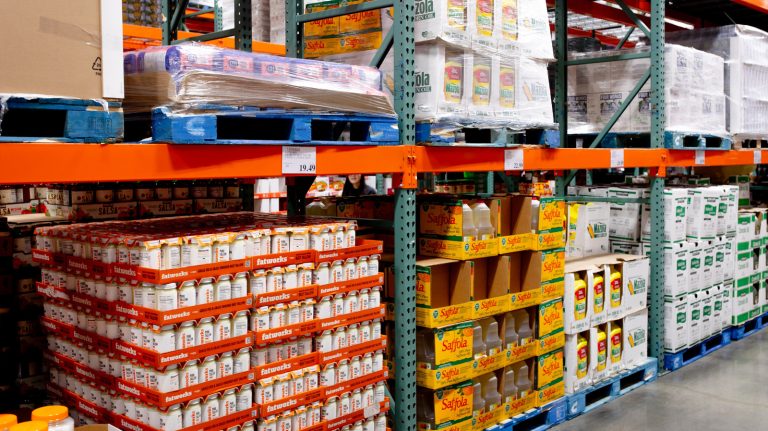We may receive a commission on purchases made from links.
It’s not considered a real summer until you’ve had a cone of twirly ice cream, maybe even at one of the 20 best spots for soft serve ice cream in the U.S., if you’re lucky. The lush, velvety texture of soft serve is, without a doubt, its winning feature and the main thing that makes it taste different from hard ice cream. Have you ever wondered how it’s possible for the consistency of soft serve to be so silkily smooth? The secret lies in a low percentage of milk fat and a high percentage of air.
Regular ice cream usually contains over 10% of milk fat (also called butterfat), with premium ice creams containing around 15%. This gives them a creamy, full-bodied consistency with intense flavor. The higher butterfat content also means the ice cream melts faster, which is a welcome feature in hard ice cream that’s normally frozen at very low temperatures, between zero and 10 degrees Fahrenheit; most of us need it to melt slightly before we can fully enjoy it.
In contrast, soft serve ice cream rarely contains any more than 6% butterfat. The flavor is milder, the texture is lighter, and the ice cream is not super melty. The low percentage of milk fat also means that soft serve needs to have a warmer temperature than hard ice cream to be at its best — around 25 degrees Fahrenheit. Should it drop too low, the texture would turn icy.
The key ingredient of soft serve ice cream is air
The amount of air incorporated into ice cream is called overrun, and it significantly influences the texture. Less overrun results in a denser, richer ice cream, while more overrun indicates a lighter, fluffier eating experience. Naturally, soft serve benefits from a higher air percentage. Now, soft serve may have originally been created by a melty accident, but thankfully we now have a much more reliable method of making it — special soft serve machines. The process begins with a premade soft serve mix that’s sold either as a powder or liquid; the powder gets mixed with either water, milk, or a milk alternative. The mixture does also contribute to the smooth texture, particularly the emulsifiers. The mix is poured into the specialized ice cream maker where it gets cooled to the correct temperature and heavily aerated, ultimately creating the soft, cloudy treat so many of us love.
The method is actually straightforward enough for you to replicate at home. You will need the right machine, though. Industrial soft serve machines cost a small fortune, so the $200 soft serve ice cream maker from Cuisineart is a more reasonable choice for homemade use if you’re a big fan. That said, if you’re not looking to invest in a large appliance, the My Mug Ice Cream Maker from DASH is a fun $40 alternative. Once you have your machine, you’ll need a good soft serve mix — we’d go for the vanilla flavor mix from Frostline, which is currently a #1 bestseller on Amazon.


